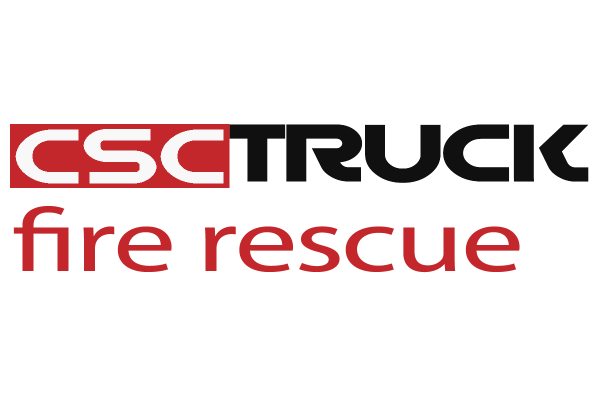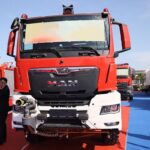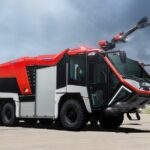An airport crash tender, also known as an aircraft rescue and firefighting (ARFF) vehicle, is a specialized fire truck designed for rapid response to aviation emergencies. These vehicles play a crucial role in ensuring passenger and crew safety in the event of aircraft accidents, fires, or other hazardous incidents at airports. Unlike standard municipal fire trucks, airport crash tenders are engineered with unique features that enable them to handle aircraft fires and emergencies efficiently.
Design and Features of an Airport Crash Tender
1. High-Speed Response Capability
Time is critical in aviation emergencies, and airport crash tenders are built for rapid deployment. These vehicles have powerful engines that allow them to reach incident sites quickly, often exceeding speeds of 100km/h (62mph). Their design ensures optimal performance on paved runways, taxiways, and even off-road terrain.
2. Water and Foam Capacity
Airport crash tenders are equipped with large water tanks, typically holding between 6,000 to 12,000 liters (1,585 to 3,170 gallons) of water. They also carry firefighting foam, which is essential for suppressing aviation fuel fires. Many models are fitted with dry chemical agents and halotron systems for handling electrical and fuel fires effectively.
3. Specialized Fire Suppression Systems
Unlike conventional fire trucks, ARFF vehicles use high-reach extendable turrets (HRET) with piercing nozzles. These systems can penetrate an aircraft’s fuselage and inject suppressant agents directly inside, helping to control internal fires quickly. Additionally, they are equipped with roof-mounted and bumper turrets, capable of discharging foam or water at high pressure over a wide area.
4. Off-Road Mobility
Given that aircraft incidents may occur on grassy or rough terrain surrounding runways, airport crash tenders are designed with all-wheel drive (AWD) and specialized suspension systems. This enables them to maneuver efficiently across different surfaces, ensuring a swift approach to emergency scenes.
5. Rapid Fire Attack Systems
Many crash tenders are fitted with ultra-high-pressure (UHP) systems that increase firefighting effectiveness. These systems allow for the precise and rapid application of foam or dry chemical suppressants, reducing the intensity of fires in seconds.
6. Onboard Rescue Equipment
Airport crash tenders are equipped with advanced rescue tools, including hydraulic cutters, spreaders, and rams, which are used to extricate passengers and crew from wrecked aircraft. Thermal imaging cameras help firefighters locate trapped victims, even in low-visibility conditions caused by smoke.
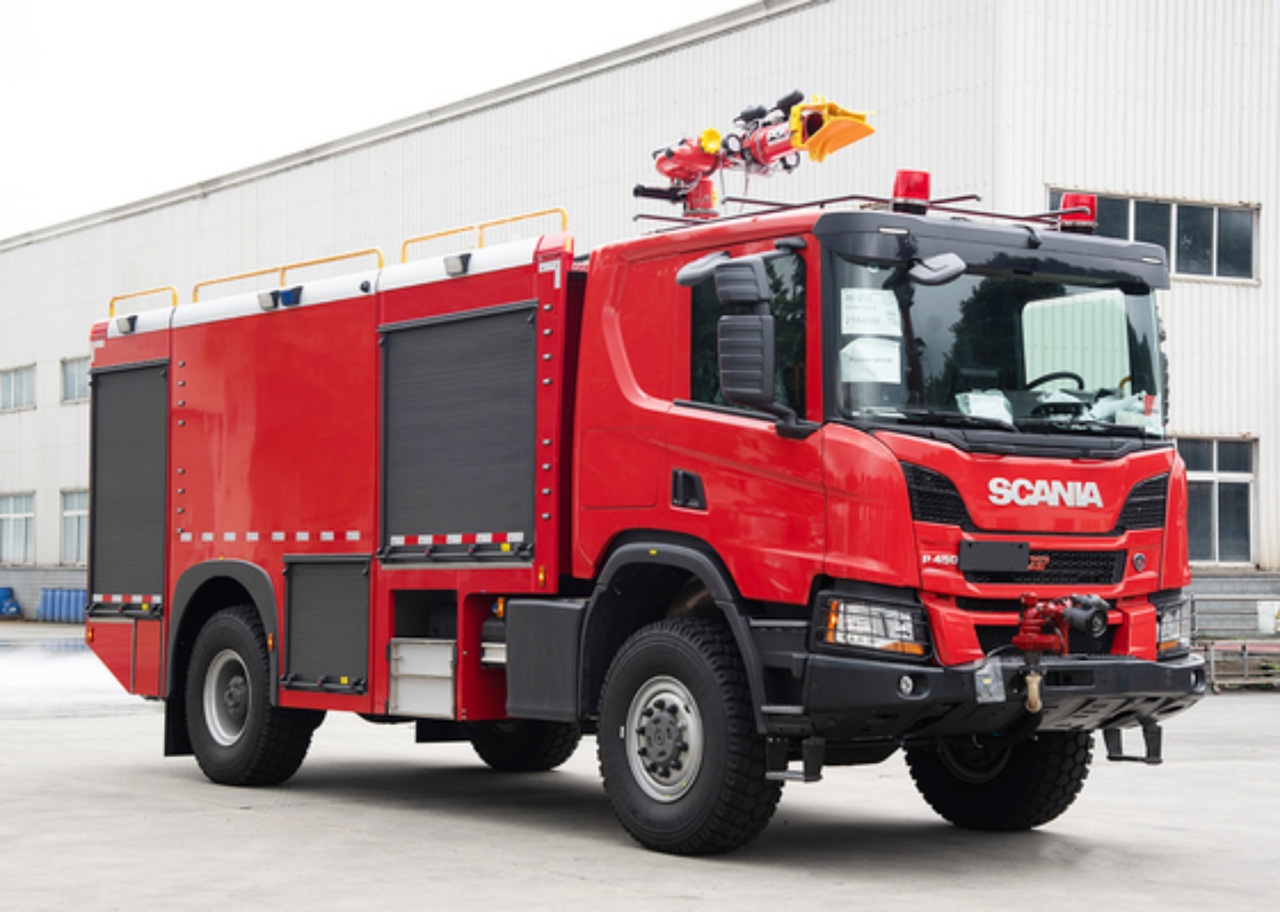
Types of Airport Crash Tenders
1. Major Foam Tenders
These are the primary response vehicles at most airports, equipped with large water and foam tanks, high-capacity pumps, and multiple turrets. They are designed to handle large-scale aircraft fires.
2. Rapid Intervention Vehicles (RIVs)
Smaller and more agile than major foam tenders, RIVs are designed for quick deployment and initial fire suppression. They carry a limited quantity of firefighting agents, but are essential for gaining early control of fires before larger units arrive.
3. Combined Agent Vehicles
These vehicles carry multiple firefighting agents, including water, foam, dry chemicals, and gases such as halotron. They provide versatile suppression options for different types of fires, making them highly effective in complex emergencies.
4. Command and Control Vehicles
These units function as mobile command centers during major incidents. They are equipped with communication and coordination systems to manage large-scale rescue operations effectively.
Regulatory Standards and Requirements
Airport crash tenders must meet stringent regulatory requirements set by international aviation bodies, including the International Civil Aviation Organization (ICAO), the Federal Aviation Administration (FAA), and the European Union Aviation Safety Agency (EASA). These standards dictate response times, minimum firefighting agent capacities, and vehicle performance capabilities.
For example, ICAO requires that the first responding crash tender reach any point on the operational runway within three minutes of an alert, with an effective firefighting agent discharge within the next minute.
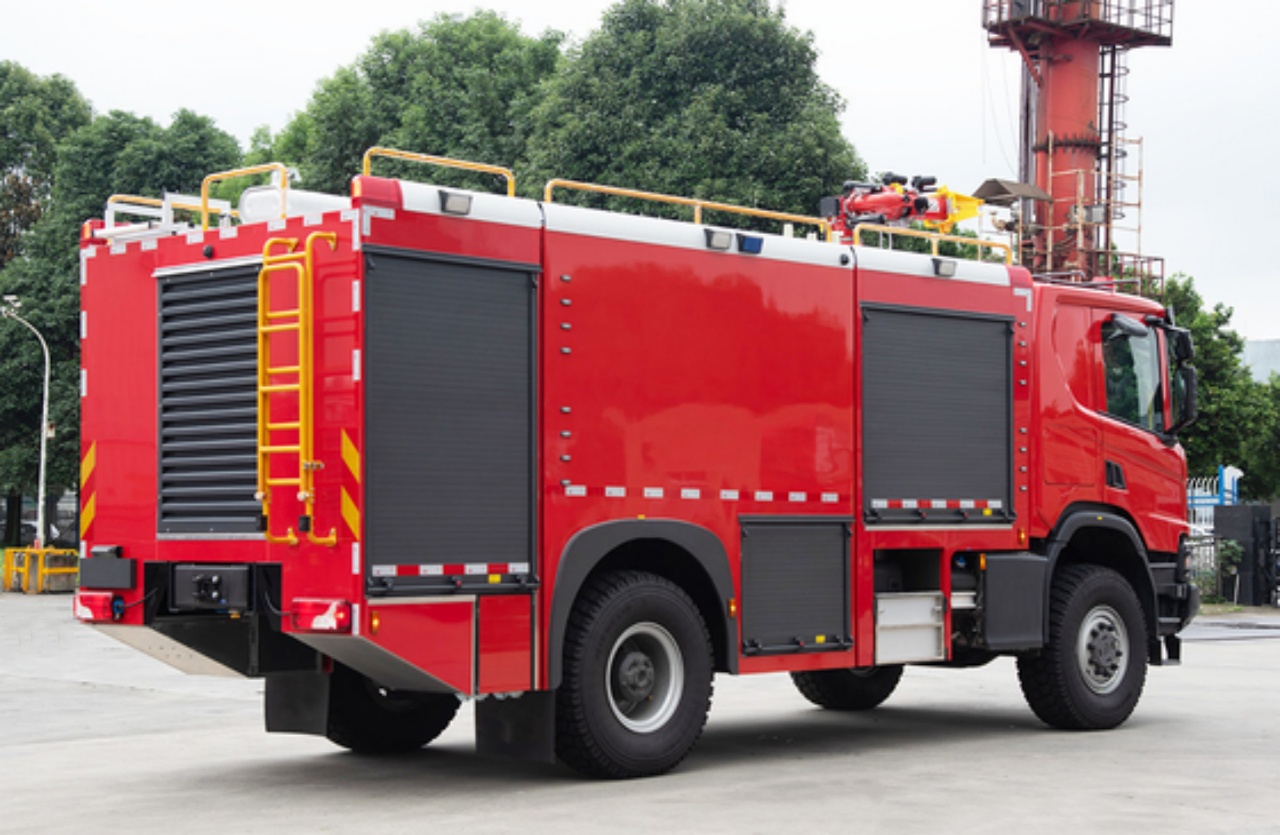
Notable Airport Crash Tender Models
Several manufacturers produce high-performance ARFF vehicles, including:
- Rosenbauer Panther – Known for its speed, advanced suppression systems, and cutting-edge technology.
- Oshkosh Striker – Features powerful engines, high-reach extendable turrets, and superior maneuverability.
- E-One Titan – Offers rapid acceleration and high water/foam storage capacities.
- Magirus SuperDragon X8 – A heavy-duty ARFF truck designed for large international airports.
The Role of Airport Crash Tenders in Emergency Response
1. Aircraft Firefighting
ARFF vehicles are the first line of defense against aircraft fires. Their ability to quickly apply large quantities of foam or dry chemicals helps control fires before they spread.
2. Passenger and Crew Rescue
In cases of aircraft crashes, ARFF teams are responsible for evacuating passengers and crew, using specialized tools to cut through the fuselage or doors when necessary.
3. Fuel Spill Mitigation
Aviation fuel is highly flammable, and crash tenders use foam blankets to suppress fuel spills and prevent explosions.
4. Support for Other Emergencies
Beyond aircraft incidents, airport crash tenders also assist in structure fires, hazardous material spills, and medical emergencies within airport premises.
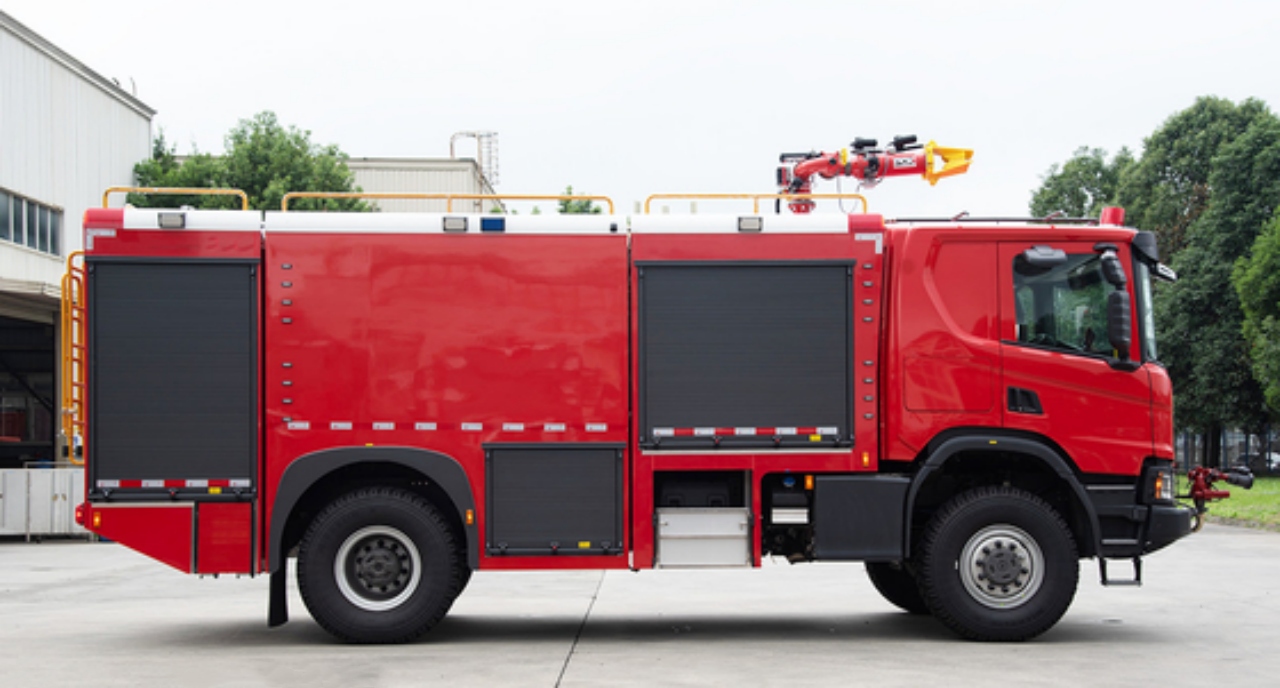
Conclusion
Airport crash tenders are vital assets in aviation safety, designed for rapid response and effective firefighting in critical situations. Their specialized design, advanced fire suppression technology, and robust off-road capabilities make them indispensable in modern airport emergency management. By adhering to international safety standards and continuously improving their capabilities, these vehicles help protect lives and infrastructure in the fast-paced world of aviation.
